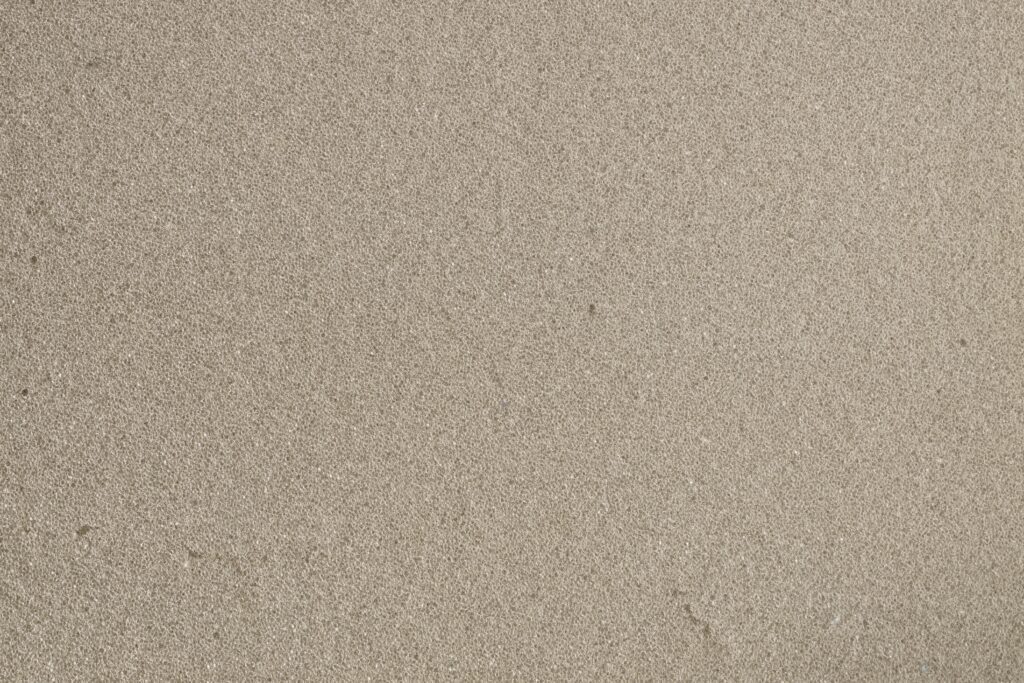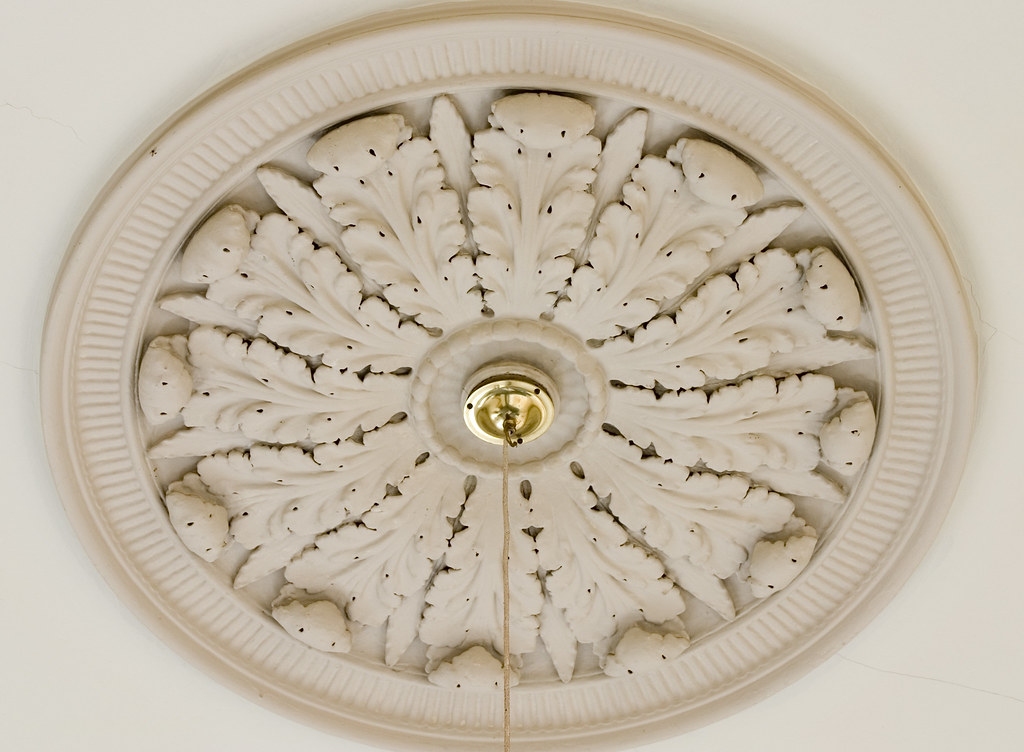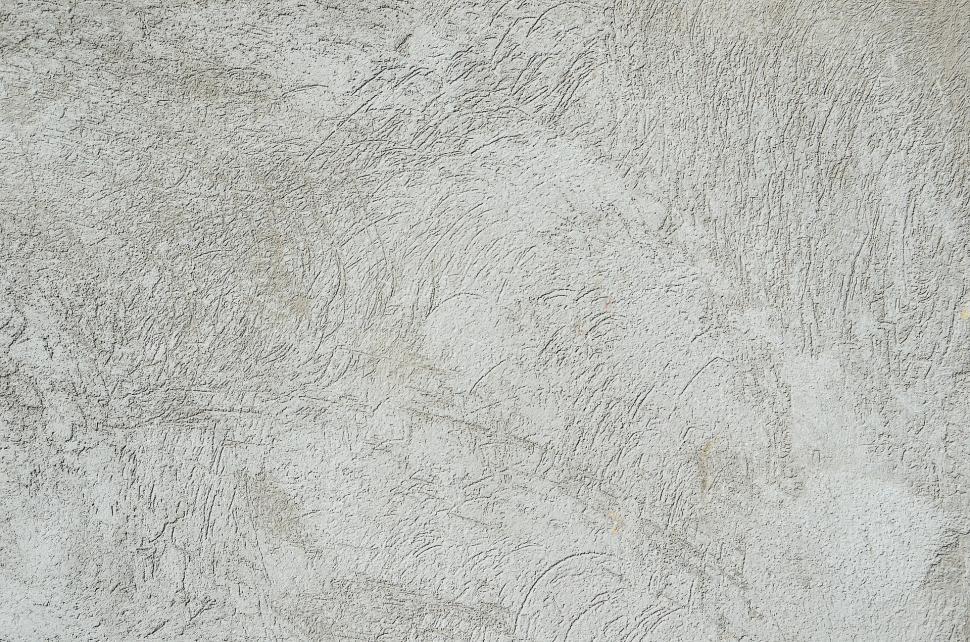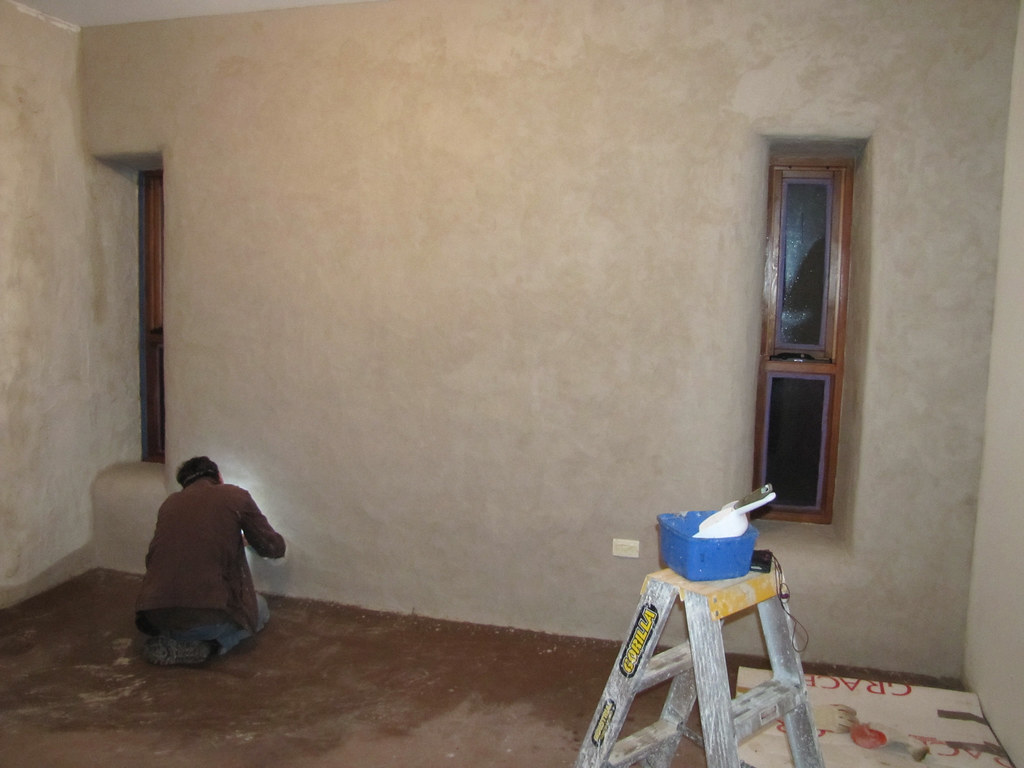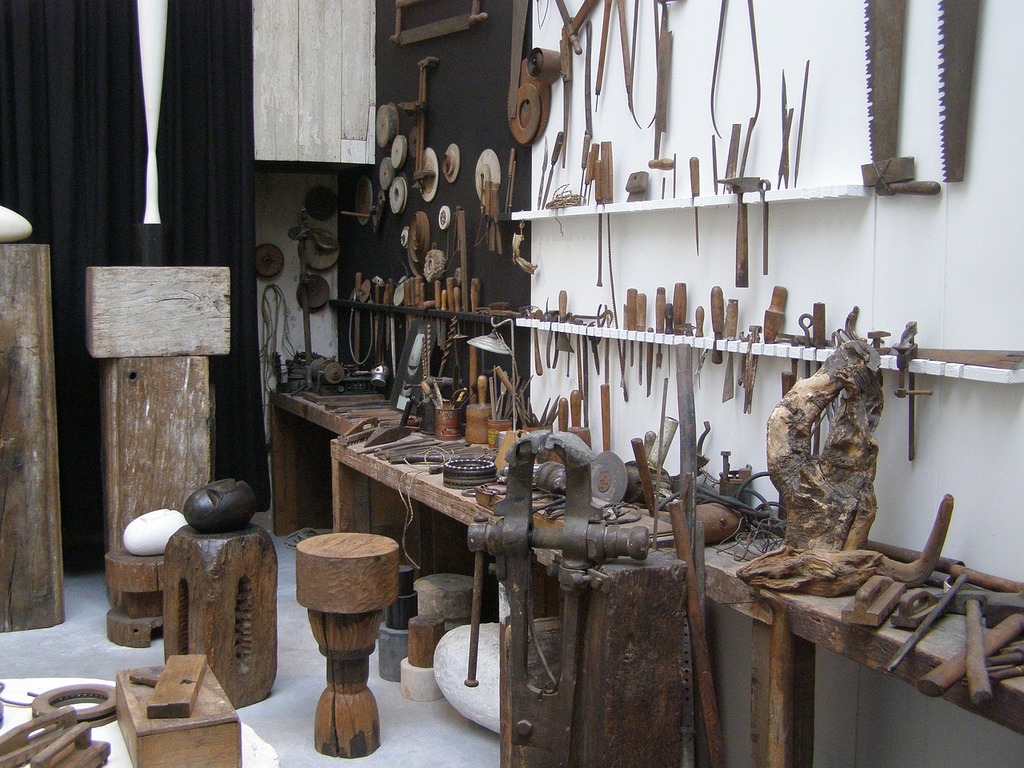What Type of Plastering Sand Should You Choose for a Perfect Finish?
Selecting the right plastering sand can make or break your project – discover how to choose the perfect grade for flawless, professional results. Understanding Plastering Sand Basics Plastering sand is a crucial component in creating durable, high-quality wall finishes. This fine-grained material, when mixed with appropriate binders like cement or lime, forms the backbone of various plastering applications. The quality and characteristics of your chosen sand directly impact workability, adhesion, and the final appearance of your plastered surfaces. In recent studies, over 85% of plastering failures have been attributed to poor sand selection, highlighting the critical nature of this choice. Understanding plastering sand goes beyond simply picking any available sand – it’s about selecting a material that meets specific standards and suits your particular application. The Different Types of Plastering Sand Various grades of plastering sand serve different purposes in construction and renovation work. The main categories include: Fine Plastering Sand: Particles typically 0.06-0.5mm, ideal for finishing coats and smooth finishes Medium Plastering Sand: Particles 0.5-1.2mm, perfect for general purpose plastering Coarse Plastering Sand: Particles 1.2-2.0mm, suitable for base coats and rendering Washed Plastering Sand: Specially cleaned sand with minimal clay or silt content Each type has specific applications where it excels, and choosing the right one is essential for achieving optimal results. Recent industry data shows that fine plastering sand accounts for 60% of all plastering applications in residential projects. Qualities of Good Plastering Sand High-quality plastering sand must possess several essential characteristics to ensure superior performance: Sharp, angular particles for better mechanical bond Consistent grading throughout the batch Free from organic matter and clay content Compliance with BS EN 13139 standard Less than 3% silt content Proper moisture content for optimal workability Choosing Sand for Specific Applications Different plastering applications require specific types of sand to achieve the best results. For internal plastering, fine-grained sand with particles up to 1mm is ideal, providing a smooth finish suitable for decorative purposes. External rendering demands coarser sand (up to 2mm) to enhance weather resistance and durability. Recent industry guidelines recommend using washed sand for about 70% of commercial plastering projects due to its superior quality and consistency. When working on heritage buildings, it’s crucial to match the original sand grade to maintain historical authenticity. Mixing Ratios and Combinations The success of your plastering project heavily depends on achieving the right mix ratios. Here are the standard proportions for different applications: Internal plastering: 1:3 cement to sand ratio External rendering: 1:4 cement to sand ratio Lime plastering: 1:2.5 lime to sand ratio Base coats: 1:4 cement to sand with additional strengtheners Remember that these ratios may need adjustment based on specific conditions and requirements. Studies show that proper mix ratios can increase plaster durability by up to 40%. Common Mistakes to Avoid When selecting and using plastering sand, several common pitfalls can compromise your results: Using unwashed or contaminated sand Incorrect storage leading to moisture problems Mixing different grades of sand Ignoring manufacturer specifications Using sea sand without proper treatment Storage and Handling Proper storage and handling of plastering sand are crucial for maintaining its quality. Store sand in a clean, covered area to prevent contamination and moisture absorption. Use wooden boards or concrete platforms as base storage to avoid ground contamination. Industry best practices recommend rotating sand stock every 3-4 months to prevent degradation. Keep different grades separated to avoid mixing, and always use clean tools when handling the material. Making the Final Choice When selecting your plastering sand, consider these key factors: Project requirements and specifications Environmental conditions Budget constraints Available storage facilities Quality certifications Always request samples before making bulk purchases, and perform small-scale tests to ensure compatibility with your chosen binders. Professional surveys indicate that 92% of successful projects involve preliminary sand testing. Expert Tips for Perfect Results To achieve professional-quality results with your chosen plastering sand, consider these expert recommendations: Always sieve sand before use to remove any large particles or debris Maintain consistent moisture content throughout the project Use mechanical mixing for larger projects to ensure uniformity Consider weather conditions when planning external work Keep detailed records of successful mix ratios for future reference Remember that proper sand selection and handling can extend the lifespan of your plastered surfaces by up to 25 years. Take time to understand your specific requirements and choose accordingly for the best possible outcomes. FAQ Is plaster sand the same as mason sand? Builder’s sand, also known as plasterer’s, bricklayer’s or mason sand, is soft sand used for a range of building and construction applications. What is the common mix for plastering? Calculating Cement and Sand Ratio for Plastering What is a good alternative to sand for plastering? Washed Grit is also a very similar alternative to Plastering Sand, the only difference being that the particles can be larger and jagged in shape. What is the best sand mix for plastering? Mixing Plastering Sand What is another name for plaster sand? Plastering Sand It’s also known as Leighton sand by some, a reference to the quarry where a vast quantity of this type of sand is found. Sources [1] https://www.tarmac.com/products/aggregates/sand/plastering-sand/ [2] https://ezmixinc.com/returns/product_detail.cfm?display_id=57&return_id=96 [3] https://store.lyngsogarden.com/products/-2-plaster-sand-par%7C2PSP.html
What Type of Plastering Sand Should You Choose for a Perfect Finish? Read More »

